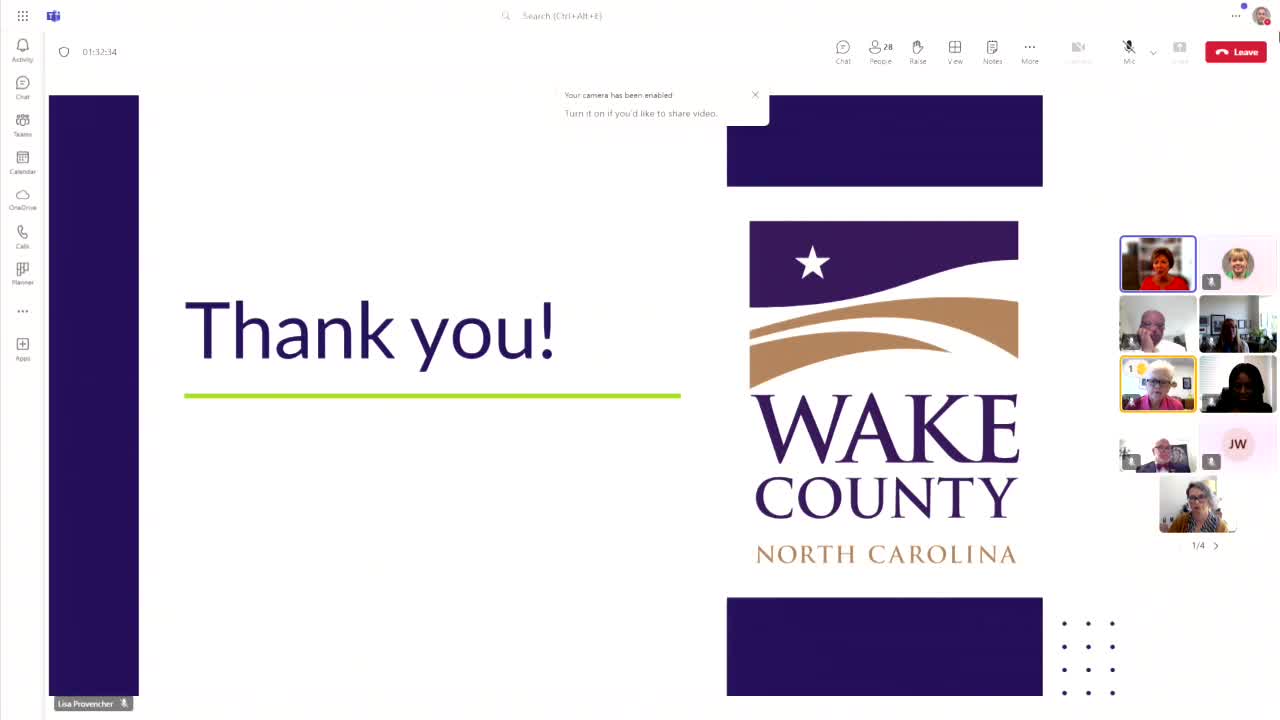Employers face pressure to bridge gender equity gaps
August 26, 2024 | Wake County, North Carolina
This article was created by AI summarizing key points discussed. AI makes mistakes, so for full details and context, please refer to the video of the full meeting. Please report any errors so we can fix them. Report an error »

In a recent government meeting, discussions centered on the evolving workforce dynamics and the challenges faced by employers in addressing gender equity in the workplace. Participants highlighted the significant changes in the labor market over the past four years, driven by demographic shifts and the increasing prevalence of gig economy roles.
A key point raised was the need for employers to become more competitive in attracting talent, particularly as baby boomers retire and birth rates decline. This shift presents an opportunity to level the playing field for women seeking access to various positions, as employers may need to enhance their strategies to fill vacancies.
Employers are reportedly utilizing solution platforms for compensation analysis to identify and address gaps in pay equity. While many employers are reluctant to disclose specific numbers, there is a consensus among those engaged in regular discussions about the importance of recognizing and strategically addressing these disparities without creating new challenges.
The conversation also touched on the changing demographics of the workforce, with a noted increase in college enrollment among women compared to men. This trend could further influence the landscape of employment and equity in the coming years.
Commissioner Stalling raised concerns about the accuracy of equity data, questioning whether it adequately accounts for variables such as childbearing and child-rearing, which can impact women's career trajectories. The meeting concluded with a commitment to further investigate these issues and ensure accountability in addressing gender disparities, particularly for women of color, who continue to face significant barriers in the workforce.
A key point raised was the need for employers to become more competitive in attracting talent, particularly as baby boomers retire and birth rates decline. This shift presents an opportunity to level the playing field for women seeking access to various positions, as employers may need to enhance their strategies to fill vacancies.
Employers are reportedly utilizing solution platforms for compensation analysis to identify and address gaps in pay equity. While many employers are reluctant to disclose specific numbers, there is a consensus among those engaged in regular discussions about the importance of recognizing and strategically addressing these disparities without creating new challenges.
The conversation also touched on the changing demographics of the workforce, with a noted increase in college enrollment among women compared to men. This trend could further influence the landscape of employment and equity in the coming years.
Commissioner Stalling raised concerns about the accuracy of equity data, questioning whether it adequately accounts for variables such as childbearing and child-rearing, which can impact women's career trajectories. The meeting concluded with a commitment to further investigate these issues and ensure accountability in addressing gender disparities, particularly for women of color, who continue to face significant barriers in the workforce.
View full meeting
This article is based on a recent meeting—watch the full video and explore the complete transcript for deeper insights into the discussion.
View full meeting
